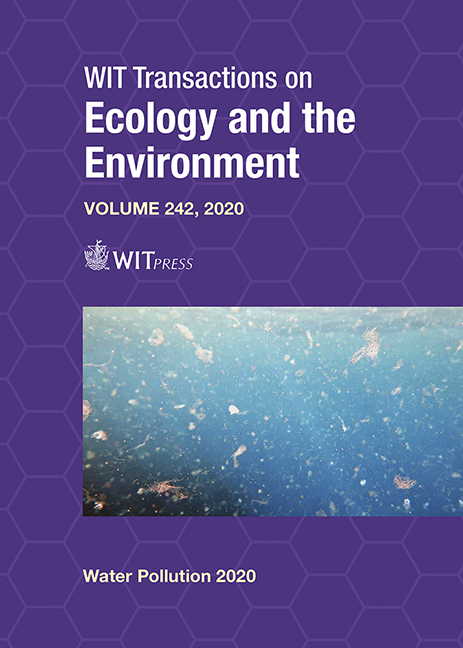MEMBRANE BIOREACTOR WASTEWATER TREATMENT STRATEGIES FOR SENSITIVE COASTAL ENVIRONMENTS
Price
Free (open access)
Transaction
Volume
242
Pages
12
Page Range
133 - 144
Published
2020
Paper DOI
10.2495/WP200121
Copyright
WIT Press
Author(s)
MICHAEL C. GALLANT, MAURICE W. GALLARDA
Abstract
Southeastern North Carolina is predicted to experience an 80% population increase in the next 20 years, presenting challenges to water and wastewater infrastructure. Due to the topography and geology of the coastal plain environment, wastewater disposal can be problematic, historically utilizing large tracts of land for spray application or discharges directly into nutrient-sensitive waters. Previous treatment scenarios ranged from facultative lagoons to extended aeration processes. In order to meet the upcoming challenges posed by considerable growth, Pluris Holdings has embarked on designing, permitting and constructing a series of membrane bioreactor (MBR) wastewater treatment plants that produce effluents meeting groundwater and drinking water standards for nutrients. These plants have allowed for a wider array of disposal options requiring less land and capital costs than previous disposal systems, and they reduce the pollutant load to the receiving stream in the case of a direct discharge to coastal surface waters. Two methods for effluent disposal have been utilized in these plants. High rate infiltration (HRI) and national pollutant discharge elimination system direct discharge (NPDES). These methods reduce costs, require small amounts of land and responsibly deal with the disposal of wastewater. Due to the excellent quality of the MBR effluent, water reuse can also be utilized in conjunction with these two disposal methods. The use of MBR technology, innovative HRI disposal and/or NPDES disposal represent a paradigm change in waste-water treatment in the southeastern U.S. This change has required a close working relationship with the regulatory community. In this paper Pluris will discuss three separate projects including the design and permitting of each and the subsequent results, including effluent pollutant levels and reduced impacts on the environment.
Keywords
wastewater, MBR, membrane, nutrient, coastal North Carolina, NPDES, high rate infiltration





